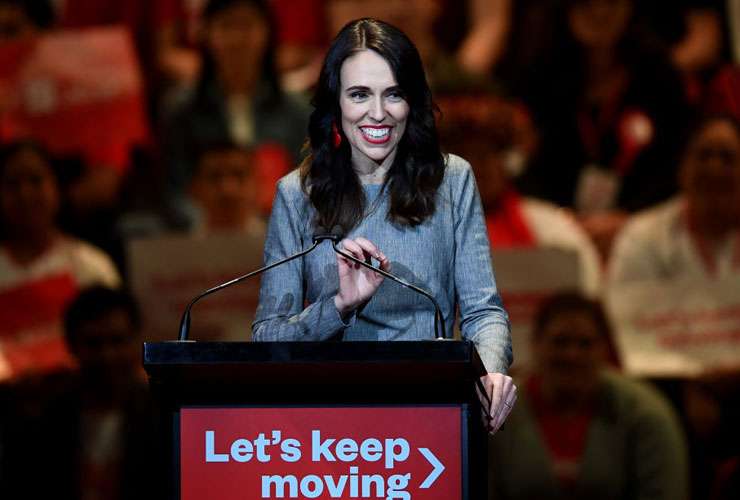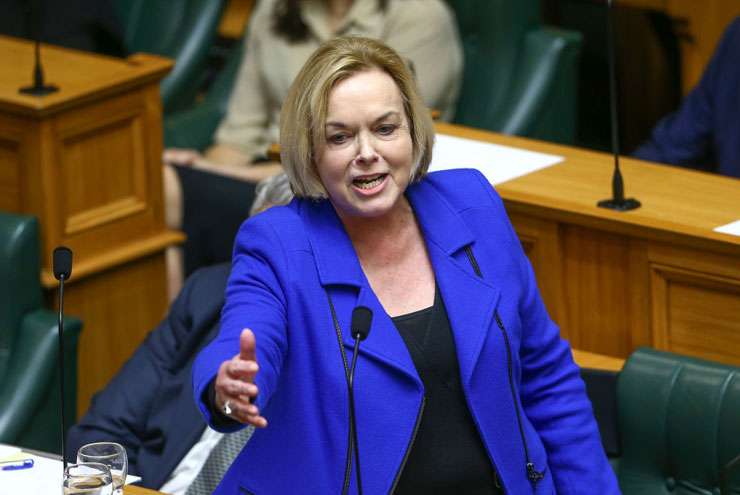New Zealand's upcoming General Election could have a major impact on house sales if either of the major parties adopt policies that are perceived by voters to hamper the property market, new research suggests.
Colliers International examined residential sales volumes before and after every general election held in the last 20 years - and found little change except in one instance.
Ian Little, associate director of research at Colliers, says: “In five election campaigns out of the six since 2000 there has been little influence on sales activity. However, the one exception was the 2014 election campaign."
READ MORE: Ashley Church - will the election cool the housing market?
Start your property search
Average sales volumes in the three months before the 2014 election were up 23 percent on the three months before the election.
“In 2014, Labour promoted a Capital Gains Tax and restrictions on the ability of overseas entities to purchase residential property," Little says,
“These policies contrasted with National’s, which were viewed as supporting the status quo. This divergence saw a slowing of sales prior to the election date and a surge following it when the emergence of a National government removed uncertainty in outcomes.”
There was a slight lift in average sales volumes (7.4 percent) in the three months before the 2017 election and the three months after. In the lead-up to the campaign National was seen to be ahead in the polls. Labour had proposed a foreign buyer ban and ring-fencing rental losses but it had also pledged to build more affordable houses and improve the condition of rental properties.

Prime Minister Jacinda Ardern at the launch of Labour's election campaign. Photo / Getty Images

Opposition leader Judith Collins in Parliament. She hopes to return National to power. Photo / Getty Images
Little says the prospect of potential changes to housing policy will, in most cases, influence the residential investor sector to a greater extent than owner-occupiers.
By way of example, total mortgage lending to investors increased from $1.167 billion in August 2014, a month prior to the election, to $1.421 billion in October, an increase of 21 per cent. The uplift for first home buyers and other types of owner-occupiers was just 8.6 per cent.
Market dynamics during other campaigns post-2000 have been influenced more significantly by regulatory, economic, financial and demographic drivers such as changes to LVRs, interest rates, access to finance, migration and the availability of housing.
“It is interesting to note that the recent removal of LVR restrictions and a further reduction in interest rates have resulted in investors and first home buyers lifting their share of mortgage lending, despite the current economic backdrop,” Little says.
“Looking ahead to the 2020 election, the lack of ‘restrictive’ housing policies and regulatory changes that have been announced, to date lead us to believe that we can expect little influence from Election 2020 on residential market activity.
“This suggests that economic, financial and demographic drivers will be key considerations for residential sales activity over the remainder of 2020. As of early August, lending and sales activity were extremely buoyant, defying many economic forecasts of more subdued activity.”
The Colliers research found that commercial and industrial property sales activity since 2000 had shown little divergence in purchasing trends when analysed against election campaign periods.
Colliers research analyst Adrian Goh says this is potentially a result of the sectors being less influenced by policy outcomes than the residential sector.
“However, when analysing sentiment, commercial property investors seem to indicate there is some influence.”
Colliers’ commercial and industrial property investor confidence surveys increased from a net positive 4.4 per cent (optimists minus pessimists) in the December quarter of 2011 to 15.6 per cent in the March quarter of 2012. Following the 2014 election, the September quarter figure of a net positive 25.1 per cent increased to a net positive 30.6 per cent in the December quarter.
“This indicates that commercial and industrial investors hold back slightly before elections but are quick to resume their pre-election activity levels soon after,” says Goh.
“One slight exception to this was following the 2017 election. The lift in confidence was not as immediate, with confidence falling in the December quarter before lifting in March.
“This result may have been influenced by the lengthy coalition negotiations which followed the September election, with the make-up of the government only finalised in October 2017.
“There was also some discussion around business confidence surveys under Labour governments typically being lower than under National government.”
Goh says this suggests the influence of election campaigns on commercial property investment is typically secondary to the general economic and financial backdrop.
“In 2008 for example, the November election result did little to lift confidence as businesses grappled with the fallout from the Global Financial Crisis," he says.
“While we are currently likely to be in a technical recession and unemployment is most likely to double before reducing again, current investor activity indicates these are not a key driver of current sales activity.
“While sales volumes are lower, prices are holding up. Instead, low interest rates are driving investor sentiment with the search for prime assets with strong tenant-covenants rising above pre-Covid levels.
“Higher volumes and prices paid for land acquisitions have also been a trend, indicating investors are looking past the potential short-term disruption and eyeing potential long-term gains.”







































































